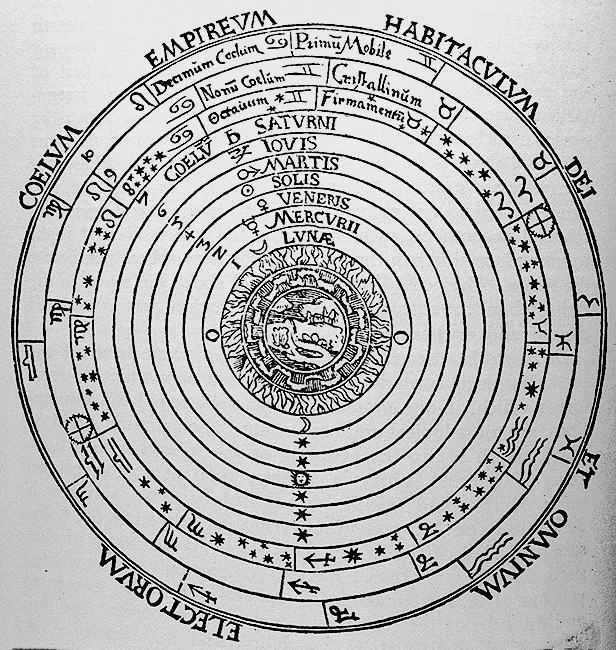25.
Chaldean-Persian school (and Alexandrine astronomy): *
In the 5th century BC the Greeks may have developed their Metoic cycle (a period of 19 years that is nearly a common multiple of the solar year & the lunar month) from Babylonian scribes. In the 4th century BC, Eudoxus of Cnidus employed Babylonian names in his astronomy. In the 3rd century BC Aristarchus of Samos used an eclipse cycle called the Babylonian Saros cycle to determine the year length (the Saros has a period of approximately 18 years, 11 days, 8 hours used to predict eclipses of the Sun and Moon).
The evidence becomes stronger following Alexander the Great’s conquest of the east in 331 BC. Soon after his victory he ordered the translation of Babylonian astronomical records, which were eventually sent to Aristotle. About this time Aristotle's pupil Callippus of Cyzicus introduced his 76-year cycle, an improvement of the Metoic cycle, probably obtained from Babylonian sources. The Babylonian priest Berossus wrote in 281 BC a book in Greek on the history of Babylonia & may have founded a school of astrology on the Greek island of Kos. Another possible conduit for Babylonian astronomy & astrology was Sudines who was at the court of Attalus I Soter (ruler of Greek Pergamum, an Ionian Greek polis late in the 3rd century BC).
The strongest evidence for Babylonia influence come from Ptolemy (100-170 AD) who claimed that Hipparchus (190-120 BC) improved his values for the Moon's periods by comparing his own eclipse observations with the earlier "Chaldeans", usig the Babylonian ephemerides (specifically "System B"). It is clear that Hipparchus (and Ptolemy after him) had a complete list of eclipse observations covering many centuries, complied by Chaldeans astronomers. Finally Seleucus of Seleucia (b. 190 BC) provides us with the only surviving planetary model from among the Chaldean astronomers. The Greek geographer Strabo actually lists Seleucus as a “Chaldaen" astronomer”.
26.
cathedrals (and infinity): *
Norman Romanesque architectural evolved into the Gothic through a new ordering of interior space, & shift of emphasis from sheer size to admittance of light. Height is a characteristic of Gothic architecture, both absolute & in proportion to its width, the verticality suggesting an aspiration to Heaven. A section of the main body of a Gothic church usually shows the nave much taller than it is wide. In England the proportion is sometimes greater than 2:1, while the greatest proportional difference achieved is at Cologne Cathedral with a ratio of 3.6:1. The highest internal vault is at Beauvais Cathedral at 48 meters. The pointed arch, itself a suggestion of height, is characteristically further enhanced by both the architectural features & decoration of the building. One of the most prominent elements of Gothic architecture is the shrinking of the walls & inserting of large windows which grew in size as the Gothic style evolved, eventually almost eliminating all the wall-space, admitting immense amounts of light. This expansive interior light has been a feature of Gothic cathedrals since their inception. This is because the function of space in a Gothic cathedral is to enhance light. It was widely accepted that all light, even light reflected from metals or streamed through windows, was divine. Thus the greater the space, the more light and the more divine.
View of interior of Beauvais
Cathedral (French, 1225-1573)
vaulting above the nave
27.
Aristarchian system: *
Ptolemy argued that the Earth was a sphere in the center of the universe, from the simple observation that half the stars were above the horizon and half were below the horizon at any time (stars on rotating stellar sphere), and the assumption that the stars were all at some modest distance from the center of the universe.
The Aristarchian system replaces the earth with the sun (Solis) in the center of the Ptolemaic cosmos, he also placed the stars at a much greater distance than originally assumed. However he maintains their rotation on a stellar sphere thereby (just as Ptolemy did) limiting the universe to observable & defined limits. His universe differs only in detail from the traditional Polemic universe which had so much influence in Medieval Europe, until Copernicus



The cosmology of Ptolemy's Syntaxis includes five main points, each of which is the subject of a chapter in Book I. What follows is a close paraphrase of Ptolemy's own words.
-
The celestial realm is spherical, and moves as a sphere.
-
The Earth is a sphere.
-
The Earth is at the center of the cosmos.
-
The Earth, in relation to the distance of the fixed stars, has no appreciable size and must be treated as a mathematical point.
-
The Earth does not move.